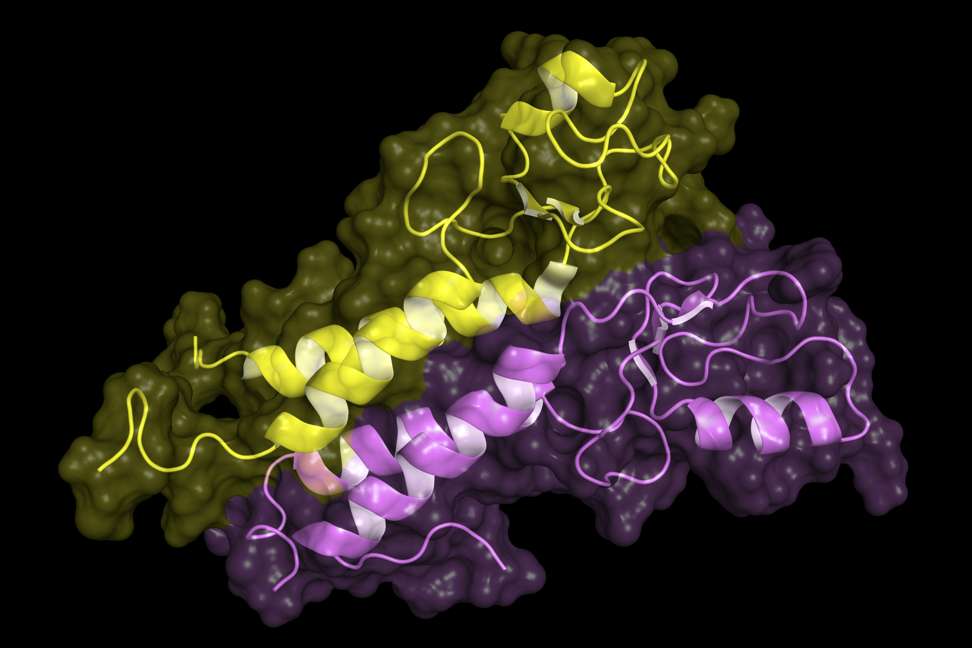
Five common myths about ovarian cancer busted
It’s the sixth most prevalent cancer among females in Hong Kong, yet many of us have no idea how it’s detected, its symptoms or risk factors. Ahead of World Ovarian Cancer Day, we look at common misconceptions
Ovarian cancer is known as the silent killer because its initial symptoms are often subtle. In Hong Kong it is the sixth most common cancer among women and the seventh leading cause of female cancer deaths, according to the city’s Department of Health.
In 2014, 563 new cases were diagnosed, and incidence of the disease is expected to rise in the coming years.
Unfortunately, there’s a lot of confusion and ignorance about the disease. It is rarely detected when at an early stage. And, while the condition mostly affects menopausal women, did you know that it can occur in younger women too?
To help increase awareness of ovarian cancer and encourage its early detection and treatment – and with World Ovarian Cancer Day falling on May 8 – we tackle five common myths about the disease.

1: It’s easy to pinpoint the early symptoms of ovarian cancer
In most cases, symptoms are not apparent in the initial stages of the disease, says Dr Selina Pang, a specialist in obstetrics and gynaecology at Hong Kong Adventist Hospital.
A woman with early-stage ovarian cancer may present a range of symptoms that are vague and that tend to come and go. Because these problems can be attributed to other, common conditions, such as gastrointestinal ailments, the sufferer may dismiss them entirely and not seek medical help.
These symptoms can include an unusual feeling of fullness in the pelvic region, constipation, indigestion, acid reflux, an increased desire to urinate, and an increase in urination. Sometimes, the sufferer may also experience fatigue, menstrual changes, back pain, and pain during intercourse.
By the time the symptoms of ovarian cancer do appear, it usually means that the cancer has spread. In its advanced stage, the disease causes significant symptoms, such as extreme pelvic or abdominal pain or discomfort, constipation – likely due to a large ovarian cancer tumour obstructing the intestines, kidney pain, sudden and unexplained weight loss, abdominal bloating and swelling, and a build-up of fluid in the abdomen – a problem known as ascites.

2: Ovarian cancer can be detected with a Pap smear
Pap smears are used to screen a woman for cervical cancer, not ovarian cancer, says Dr Pang. When you undergo a Pap smear, a procedure that involves collecting cells from the cervix and examining them for abnormalities under a microscope, you are testing for the presence of precancerous or cancerous cells on your cervix. Ovarian cancer cells are not detectable via a Pap smear. In fact, there is currently no one standard test for the routine screening of the disease.
Instead, if your doctor suspects that you have ovarian cancer, he or she may suggest a few tests that can help detect abnormalities, including a trans-vaginal ultrasound and a blood test. Additional procedures, such as an ultrasound or computerised tomography (CT) scan, or a biopsy may also be recommended.
3: Ovarian cancer does not occur in young women
According to Dr Victor Hsue Chan-chee, a clinical oncologist at the Cancer Care Centre in Tsim Sha Tsui, ovarian cancer is more common in women aged 45 and older. Department of Health figures show the median age at diagnosis in 2014 was 51.
However, this is not to say that ovarian cancer may not occur in women younger than 45. It is rare, though. If a young woman has specific inherited mutations in one of two genes – BRCA1 and BRCA2 – then she is at a higher risk of developing ovarian cancer than a woman her age who does not have these genetic mutations.


4: Ovarian cancer only occurs in women who have a family history of the disease
“This is not true,” says Dr Pang. “Certainly, much like breast cancer and colon cancer, having a family history of ovarian cancer can increase a woman’s risk of developing the disease, but the condition can also occur in women who have a ‘clean’ family health history.”
Your risk of developing ovarian cancer also increases the older you get. And if you are obese, that is, you have a body mass index of at least 30, then your risk is also high. In addition, childbearing status is believed to play a role: women who had their first full-term pregnancy after the age of 35 or who have never given birth or breastfed are thought to have a greater risk of developing the disease.

5: Ovarian cancer is not treatable
Contrary to popular belief, ovarian cancer can be treated. In fact, up to 90 per cent women whose ovarian cancer is detected early can be cured. “But it’s treatable even when it presents at the late stage, because it is chemotherapy sensitive,” says Dr Hsue. “Chemotherapy together with targeted anti–vascular endothelial growth factor therapy (also known as anti-VEGF therapy) can improve an ovarian cancer patient’s chances of survival and convert an inoperable disease into an operable one.”
Dr Hsue adds that, of late, drugs known as PARP inhibitors, taken orally, have been observed to offer hope for patients with BRCA mutations.

